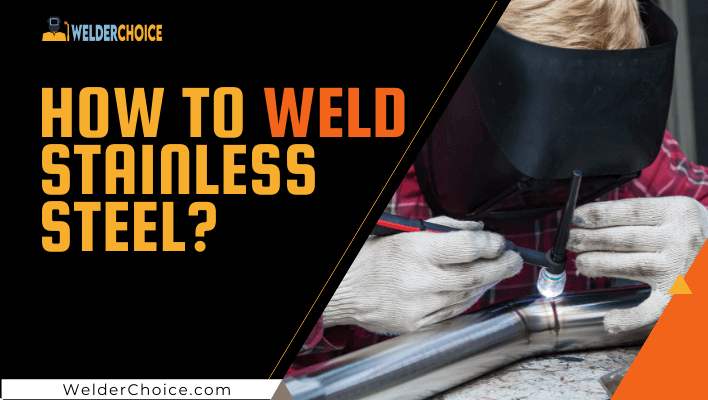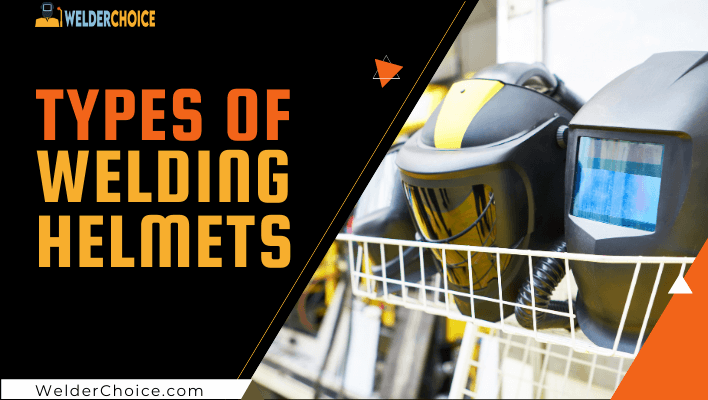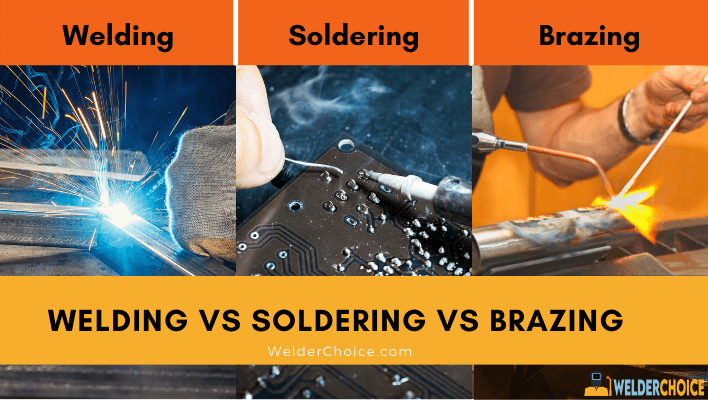Non-rusting stainless steel was invented to serve steel users all over the world, and it has varying degrees of corrosion resistance, workability, and outstanding strength. However, the enhanced material has some drawbacks: welding is significantly more complex than regular carbon steel. You must now be particularly cautious during the heating and cooling operations and ensure that the filler materials are properly suited to the welded material.
MIG Welding Stainless Steel
Whether you’re a welder working on auto components in the garage or rebuilding damaged kitchen sinks, knowing how to weld stainless with MIG welding is useful. Stainless steel is noted for its long-term toughness and endurance. Although MIG welding appears to be a challenging process to master, the foundations are simple.
A continuous solid wire electrode is used while welding using Machine Inert Gas (MIG). Because it creates no spatters, this method is ideal for welding stainless steel. It’s crucial to understand the difference between welding steel and stainless steel, which is well renowned for its corrosion resistance.
Stainless steel is recommended in areas where rigorous cleanliness requirements are required and circumstances where heat causes distortion. The thermal conductivity of this material is reduced, allowing for less heat dispersion during welding.
Types of Stainless Steel
Stainless steel comes in five different types, each class based on its microstructure (microstructure is a critical influencing factor in how strong the steel is going to be). Three of the five steel kinds are most commonly seen in fabrication shops:
- Austenitic stainless steel is the most widely used material.
- Martensitic stainless steel is a form of stainless steel used for high-wear applications such as hard facing.
- Ferritic stainless steel is the most common form of stainless steel used in consumer products because it is inexpensive to produce.
Each style of welding has its own set of pros and disadvantages when it comes to welding. With two exceptions, the welding technique for stainless steel is very similar to regular carbon steel. First, you must use more caution and control when heating and cooling stainless steel and verify that the filler metals are correctly matched to the welded material.
Related Post: How to MIG Weld Aluminum
Austenitic Stainless Steel
Austenitic stainless steel is a type of stainless steel that is resistant to corrosion.
The most common type of stainless steel used in fabrication processes is the 300 series austenitic stainless steel. Although they have a maximum interpass temperature, these base materials do not require preheating. You must stop welding when the base metal reaches 350 degrees Fahrenheit and allow the material to cool.
The 300 series stainless sheets of steel include fully austenitic stainless steel. By using a low-heat-input approach and making convex welds, you may avoid cracking. These materials will shatter more quickly if you weld them with a flat or concave weld.
Ferritic Stainless Steel
Ferritic stainless steel is commonly used in the vehicle sector, and most welding is done in a single pass. After all, ferritic stainless steel is typically available in thicknesses of 14 inches or less, which is advantageous because welding ferritic stainless steel has a maximum interpass temperature of 300 degrees F. and is most successful when low heat input is used.
At high temperatures, ferritic stainless steel begins to grow grains and loses strength quickly. Apart from that, make sure the filler material grade corresponds to the base metal grade, and your welds should be OK.
Martensitic Stainless Steel
The martensitic stainless steel variants are used more as overlays and for constructing wear-resistant materials, and their minimum interpass temperature is lower.
You’re more likely to get fractures if you don’t get a good preheat temperature and keep the lowest interpass temperature the entire time you’re welding martensitic stainless steel.
You’ll almost likely need a filler metal with the same number if you’re combining martensitic base metals with other stainless types.
Preparation for Welding
They are cleaning stainless steel before welding is crucial, as with any other type of welding. You may not realize how important it is to use stainless steel-specific tools exclusively on stainless steel. Due to the material’s sensitivity to the presence of carbon steel, brushes, for example, should be kept away from stainless steel projects. Because tiny amounts of carbon steel can become embedded in stainless steel and cause it to rust, stainless hammers and clamps are no exception.
Grinding carbon steel close to stainless steel might produce problems as well. Carbon steel particles in the air can corrode stainless steel if they fall on it. As a result, it’s a good idea to keep carbon steel and stainless steel work areas apart.
Another essential component of preparing to weld stainless steel is making sure you have the correct filler material, which necessitates understanding the type of base material you’ll be welding. Of course, this isn’t always the case, such as when applying an overlay or mixing metals that aren’t the same.
Temperature Measurement
It’s vital to monitor the temperature of both the weld metal and the base metal while welding stainless steel. If you don’t stay within the specified temperature limits, you’ll almost certainly experience performance troubles.
There are three ways to check the temperature of the steel when welding:
- Infrared thermometers are electronic devices that use the infrared spectrum to measure temperature.
- Sticks that show the current temperature.
- Electronic temperature probes for the surface.
Conclusion
Knowing how to weld stainless steel should be a must-have skill in your welding career. Stainless steel is a delicate metal that also happens to be one of the most widely used on the market. As long as you’re careful with your heating and cooling operations and ensure your filler materials are adequately matched to the material being welded, you should be fine.
FAQs

With 8 years of experience a senior welding instructor and safety equipment researcher and writes articles, reviews and guidelines on helmets and other welding and safety gears at Welder Choice, and other written works have been published in various publications.



